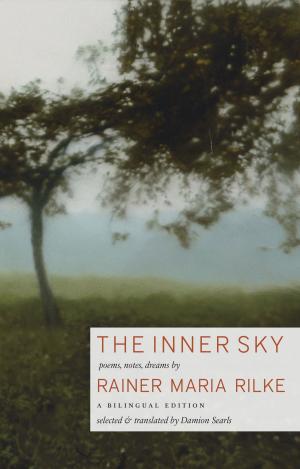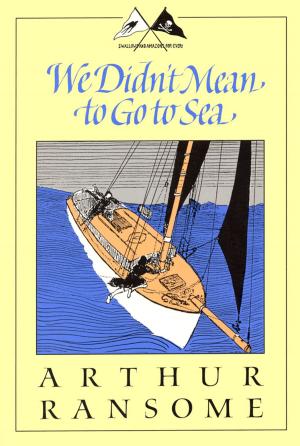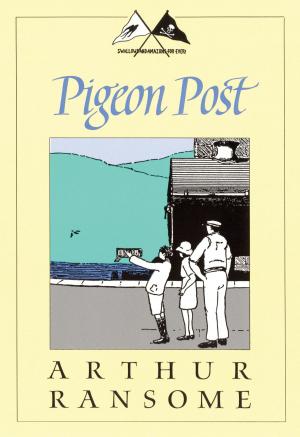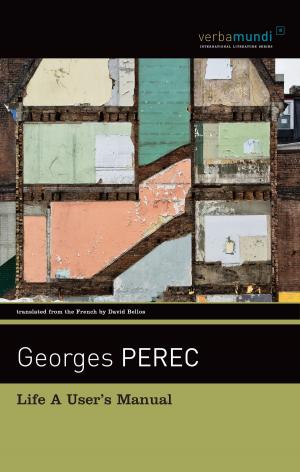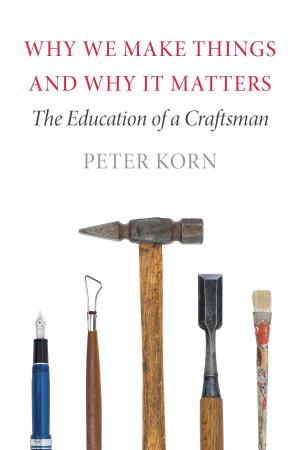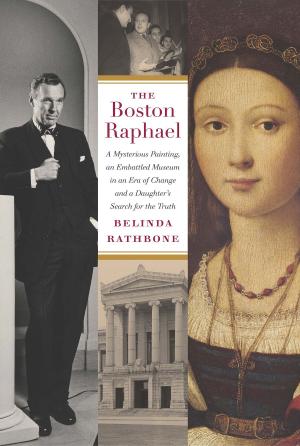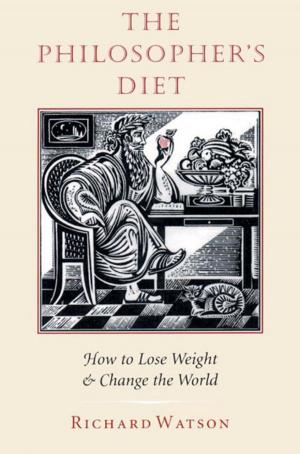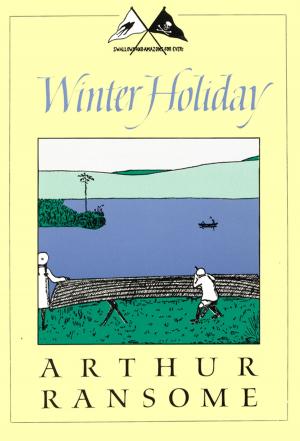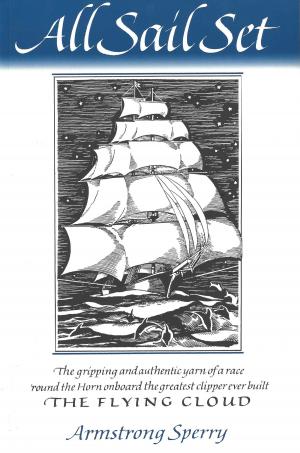| Author: | Ward Farnsworth | ISBN: | 9781567925920 |
| Publisher: | David R. Godine, Publisher | Publication: | August 15, 2016 |
| Imprint: | David R. Godine, Publisher | Language: | English |
| Author: | Ward Farnsworth |
| ISBN: | 9781567925920 |
| Publisher: | David R. Godine, Publisher |
| Publication: | August 15, 2016 |
| Imprint: | David R. Godine, Publisher |
| Language: | English |
Farnsworth’s Classical English Rhetoric was the definitive guide to the use of rhetorical devices in English. It became a best-seller in its field, with over 20,000 copies in print. Here now is the natural sequel, Farnsworth’s Classical English Metaphor—the most entertaining and instructive book ever written about the art of comparison. A metaphor compares two things that seem unalike. Lincoln was a master of the art (A house divided against itself cannot stand). So were Jefferson (The tree of liberty must be refreshed from time to time with the blood of patriots and tyrants) and Shakespeare (All the world’s a stage/And all the men and women merely players). Farnsworth’s book is the finest collection of such figurative comparisons ever assembled. It offers an original analysis of patterns in the sources and uses of metaphor. It also explains the different stylistic ways that comparisons can be written, and with what effects. The book starts by dividing the sources of metaphor into families, including nature, architecture, animals, and myth. It then shows how the best writers have put each of those traditions to distinctive use-for the sake of caricature, to make an abstract idea visible, to make a complicated idea simple. The book provides, along the way, an extraordinarily wide-ranging tour of examples from novelists, playwrights, philosophers, and orators. There is interest, instruction, and amusement to be found on every page. Ward Farnsworth-lawyer, dean, teacher, and polymath-has produced another indispensable book for the writer. Classical English Metaphor will be a constant source of learning and enjoyment for anyone who appreciates the art of observation and the pleasure of well-chosen words.
Farnsworth’s Classical English Rhetoric was the definitive guide to the use of rhetorical devices in English. It became a best-seller in its field, with over 20,000 copies in print. Here now is the natural sequel, Farnsworth’s Classical English Metaphor—the most entertaining and instructive book ever written about the art of comparison. A metaphor compares two things that seem unalike. Lincoln was a master of the art (A house divided against itself cannot stand). So were Jefferson (The tree of liberty must be refreshed from time to time with the blood of patriots and tyrants) and Shakespeare (All the world’s a stage/And all the men and women merely players). Farnsworth’s book is the finest collection of such figurative comparisons ever assembled. It offers an original analysis of patterns in the sources and uses of metaphor. It also explains the different stylistic ways that comparisons can be written, and with what effects. The book starts by dividing the sources of metaphor into families, including nature, architecture, animals, and myth. It then shows how the best writers have put each of those traditions to distinctive use-for the sake of caricature, to make an abstract idea visible, to make a complicated idea simple. The book provides, along the way, an extraordinarily wide-ranging tour of examples from novelists, playwrights, philosophers, and orators. There is interest, instruction, and amusement to be found on every page. Ward Farnsworth-lawyer, dean, teacher, and polymath-has produced another indispensable book for the writer. Classical English Metaphor will be a constant source of learning and enjoyment for anyone who appreciates the art of observation and the pleasure of well-chosen words.

